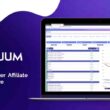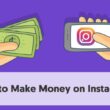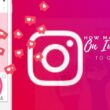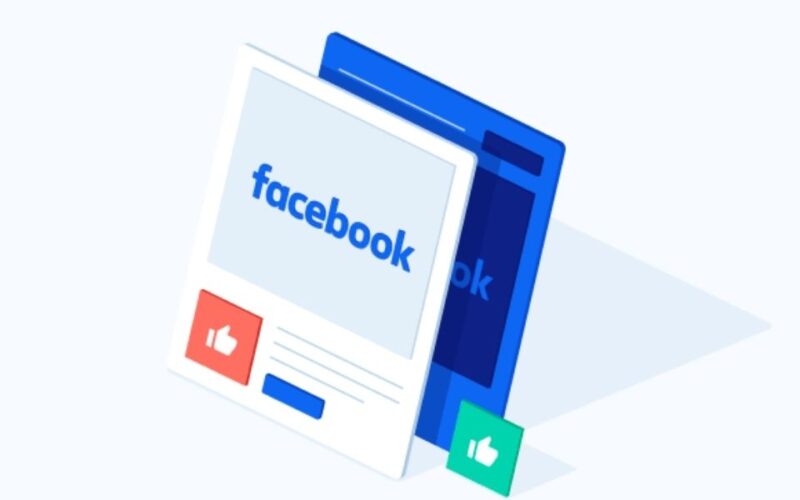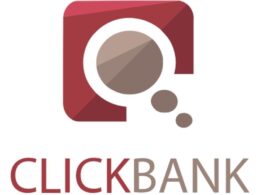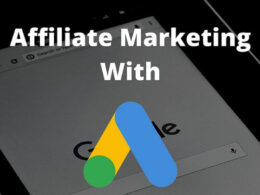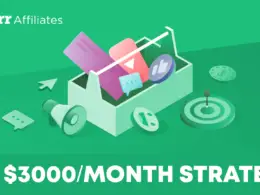If you are interested in using Facebook advertising for affiliate marketing, This article is definitely for you.
It has grown in popularity, but many affiliates leap into Facebook advertising without adequate planning or knowledge.
If you want to use Facebook advertising for affiliate marketing, I suggest that you pay attention to what I am about to tell you in this exclusive guide.
Although using Facebook advertising for affiliate marketing can be extremely profitable, it can also quickly deplete a beginner’s ad budget and discourage the faint at heart.
That is why it is important to have a well-planned and researched campaign.
Furthermore, in order to be competitive with Facebook advertising for affiliate marketing, you must test your campaigns to find the best ad sets.
Rules and Advice for Affiliate Marketing on Facebook Ads
For some beginners, Facebook advertising can be daunting, so let’s go through some ground rules first.
These guidelines will help you from being banned by Facebook and will also prevent you from wasting your ad budget.
1. Never directly promote your affiliate link
This is significant because affiliates are not permitted on Facebook and other advertising networks.
That isn’t to say you can’t send them to your “bridge page.”
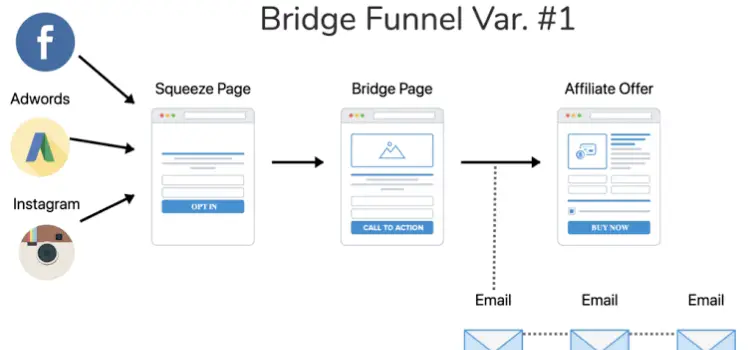
You can send them there as long as you aren’t an affiliate with the page you’re sending them to.
As a result, you must guide them to a landing page, a bridge page, a funnel, or something similar.
2. Take a look at the advertising policies for a quick overview.
Facebook is among the most powerful companies on the planet.
That means they have a lot of promotional policies that they strictly adhere to.
They must manually authorize your ad before it can run to ensure that it complies with the policies.
Since this can take several hours, I suggest taking a quick look at the advertising policy before getting started.
Otherwise, you can find yourself waiting for many hours only to be told that it is not permitted.
3. Identifying Your Target Audience
It’s also crucial to understand who you’re trying to reach.
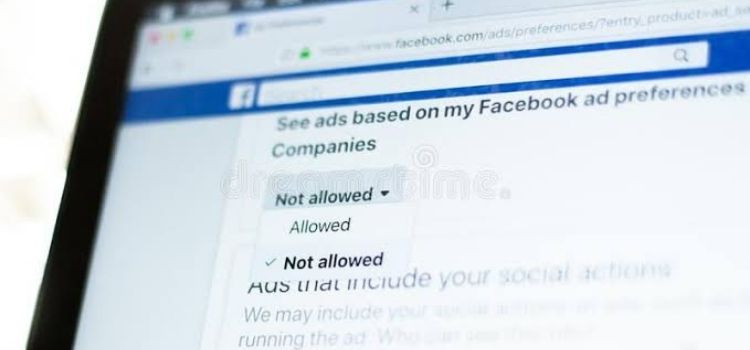
This article will have a detailed section on this rule to assist you in determining who your customer is.
Is Affiliate Marketing with Facebook Ads Simple?
No, it’s not.
Facebook ads require extensive testing, which we will discuss later.
This means it can easily deplete your ad budget.
It also doesn’t help that the Facebook pixel can’t be installed on the affiliate sales page.
However, I’ll show you a way to get around this while still being able to use the Facebook pixel effectively.
Making Your Own Bridge Pages
As I previously said, having your own bridge page is critical.
This can be a simple page where you display information, images, and/or videos about your affiliate product.
To make these bridge pages, you can use a piece of software like Kartra.
Bonus Tip: Take advantage of this opportunity to develop your email list!
You can provide a lead magnet to your visitors in exchange for their email addresses, and then re-sell them on the thank you page.
Knowing Who Your Ideal Customer Is
As I previously said, this section is critical.
In this part, I’ll walk you through the process of identifying your target customer so you know exactly who you’re selling to.
Let’s get started with some questions you’ll need to ask:
- If anyone bought my affiliate product, who would benefit?
- What are their ages?
- What country does this individual reside in?
- What are they interested in?
- Which social media platform do they use often? – Perhaps you could advertise on a different site if it isn’t Facebook or Instagram.
- how will I be able to grab their attention?
Before you start advertising on Facebook, you need to know the answers to all of these questions.
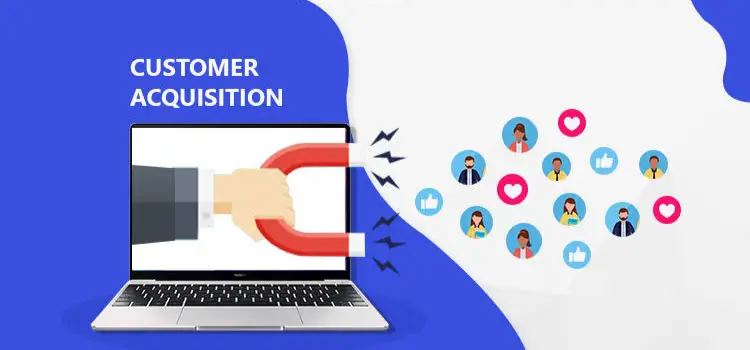
It’s all about getting in front of your ideal customer on Facebook and catching their attention with something they’re interested in.
To answer these questions, you can use the Facebook Insights tool. This tool is free, and it lets you use Facebook data to find out more about your ideal customer.
It’s also worth looking at the affiliate page for whatever you’re promoting because they often provide useful information about their target audience.
Starting with Ad Sets That Are Laser-Focused
It’s best to start with laser-focused ad sets when you’re just getting started.
This is done to ensure that the people who see your ad are the ones who are most likely to buy.
Otherwise, you’ll easily burn through your ad budget, and you’ll hardly get any data to help any of the ad sets.
You don’t want to waste your ad budget on people who may or may not opt-in or purchase your products; instead, you want to target users who are most likely to generate revenue.
Some examples of what I mean by laser-focused are given below.
- Female entrepreneurs between the ages of 25 to 40 who have children who do not attend public schools.
- Male business owners, between the ages of 35 to 44, who enjoy golf and travel.
Do you get what I’m getting at?
You’ll have a better chance of receiving leads and sales if you use laser-targeted ad sets.
You can then expand after you’ve gathered some information.
However, it is important that you do not attempt to reach as many people as possible at first.
Rather, target the users who are most likely to purchase your products.
What are your main goals?
Before you start running Facebook ads, you must first determine what your target is.
What are you hoping to achieve with these Facebook ads?
Is it for the purpose of generating leads and growing your email list?
Is it going to be successful as soon as the ad goes up? Is it possible to spend $100 and make $200?
It all depends on your circumstances, and it’s best if you consider what you want to get out of these Facebook advertisements.
You should consider what kind of campaign will be successful for you.
When you first start out, it’s common to just want to collect some data for your next ad campaign.
However, it differs from one campaign to the next.
However, it is an essential part of Facebook ads.
Make sure you know how long your project will take.
Is your project long-term or short-term?
This is something you need to be clear about.
Are you attempting to create an email list or increase the number of likes on your Facebook page?
These are long-term projects that would require a long-term plan.
It’s similar to going to the gym; one day of exercise won’t get you where you want to go.
Or are you attempting to promote a newly released product in order to make as much money as possible?
You must be specific about your goals and understand how much time you have.
Make Use Of An Eye-Catching Image That Is Also Important

Even though this is self-evident, I thought I’d bring it up.
It all comes down to understanding the audience and what catches their attention.
If you’re advertising a health product, a colorful picture of healthy food or anything similar may be appropriate.
In general, you want an image that will catch the attention of users who see your ad, as well as a photo that is relevant to what you’re selling.
Otherwise, they will either ignore your ad or click past it once they realize it is not something they are interested in.
Having a clear call to action is important.
Don’t presume that people can read your entire advertisement, or that they even have the ability to read it.
You have no idea where they are or what they’re up to.
They could be waiting for a bus that is about to arrive, for all you know.
In a straightforward call to action, you must tell them precisely what you want them to do.
If you provide free training with a bonus, for example, you can make it very clear in your attention-grabbing image and headline.
Combine this with a simple call to action like “Join Now” or “Sign Up.”
This allows the user to quickly see what’s available and how to get it.
This is crucial because, as previously said, you have no idea where they are or what they are up to.
When you combine this with laser-targeted ad sets, you’ll get a lot of clicks from people who are interested in what you’re selling.
Begin by bidding on CPMs.
CPM bidding stands for cost per mille bidding.
Which means “cost per thousand”
That’s a thousand impressions.
The reason you should start with this is that it is typically less expensive.
If you pay for thousands of viewers to see your ad with laser-targeted ad sets and a compelling picture, it will almost always be less expensive.
If the cost per click you’re getting with CPM bidding is too high, you can turn to CPC bidding after collecting data from the ad set.
However, if you have a successful ad, CPM bidding will always work out better, but you’ll have to try to find out.
Budgeting for Ad Campaigns
It is up to you to create an appropriate budget.
However, since you don’t want to come back and have overspent on advertising, I suggest that you set up a budget.
Budget is of different types which include:
- Daily Budget
- Lifetime Budget
- Weekly Budget
It’s entirely up to you; simply choose the one that best fits your needs.
Also, I suggest that you don’t spend too much money on advertising at first.
Make sure to invest the amount that you’re willing to lose.
Sometimes, You will spend a certain amount on advertisements and receive a smaller return.
However, you now have the information you need to boost the ad and make it more successful the next time.
The aim of Facebook advertising is to collect data so that you can better your next ad.
How To Use Pixel & Audiences In Affiliate Marketing With Facebook Ads
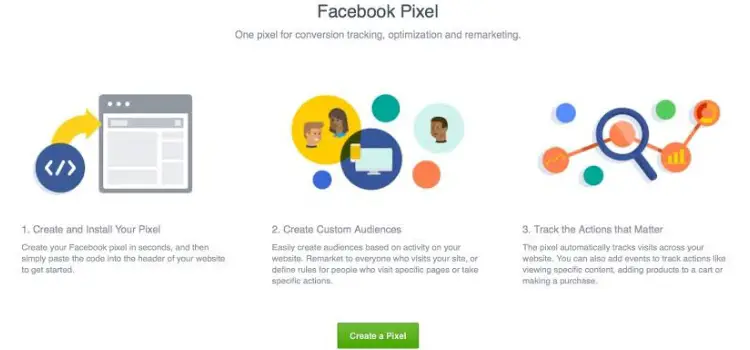
The issue with using Facebook advertising for affiliate products is that the Facebook pixel cannot be installed on your affiliate products sales page because it is not yours.
That means we’ll miss out on some of the valuable data we’d get if the product were ours.
There are, however, a few little tricks you can employ. Now I’d like you to pay close attention…
Sending them to a lead magnet page where you can grab their email address is one model you can use.
After they’ve entered their email address, you’ll direct them to a presell page or a sales page for the affiliate product you’ve developed.
With a CTA that leads to the affiliate product’s sales page or checkout.
You can also use the Facebook events tool to add a pixel to the call to action on the sales page.
You can save these people as leads or something similar to it.
When people click this button, you know they’re interested in your affiliate product and you can target them with retargeting ads.
Bonus Tip: If you run retargeting ads, you can give them a discount or a bonus for purchasing, you’ll see a significant increase in conversions!
You may also create a new landing page dedicated to the discount or bonuses you’re offering.
Facebook Internal Campaigns
Another thing I suggest doing when you first start is running an internal campaign.
That is, you strive to increase the number of people who like your Facebook page.
If you do this, Facebook would like you more and accept your ads faster.
Make sure to Test Everything
The most significant part of Facebook advertising is testing.
If you don’t test what you think about your audience, it’s pointless.
You must test each and every aspect of the advertisement.
The Image
The Headline
The call to action
Ad set
The text
All must be tested.
You must figure out what works best for the vast majority of your target audience.
That is the goal.
You can do this by split-testing various sections of the ad and analyzing the results.
For instance, suppose you have two separate ads with 40,000 impressions each.
There are 40 clicks in the first one and 320 in the second.
Of course, you can say the ad is better, so you can delete the other and duplicate the one that has 320 clicks.
You can then move on to testing another variable after you’ve duplicated it.
You’ll gradually find the best ad that gives you the best results with the least amount of money spent on advertising.
Make no choices of your own.
Do not ask yourself, “Should I go with A or B?”
Make sure you test!
Facebook ads are all about testing; it’s the most key factor of the platform!
It’s not like search traffic, where you can simply think of search words that demonstrate the user’s interest in your offer; it’s a little more difficult.
That is why you must test every part of it.
You should test more if you aren’t getting the results you expect.
Test until you’ve come up with the perfect ad.
Test the audiences even after you’ve found the right creative.
It is, without a doubt, the most vital aspect of Facebook advertising.
Even if your ads are doing well, you can try to see if there are any ways to enhance them.
This is going to save you money in the long run.
Last Words of Advice
It takes a lot of research to get good results for Facebook ads; it’s not as easy as getting traffic from Google or YouTube.
You must find something that not only interests the audience but also catches their attention and causes them to avoid doing whatever they are doing.


